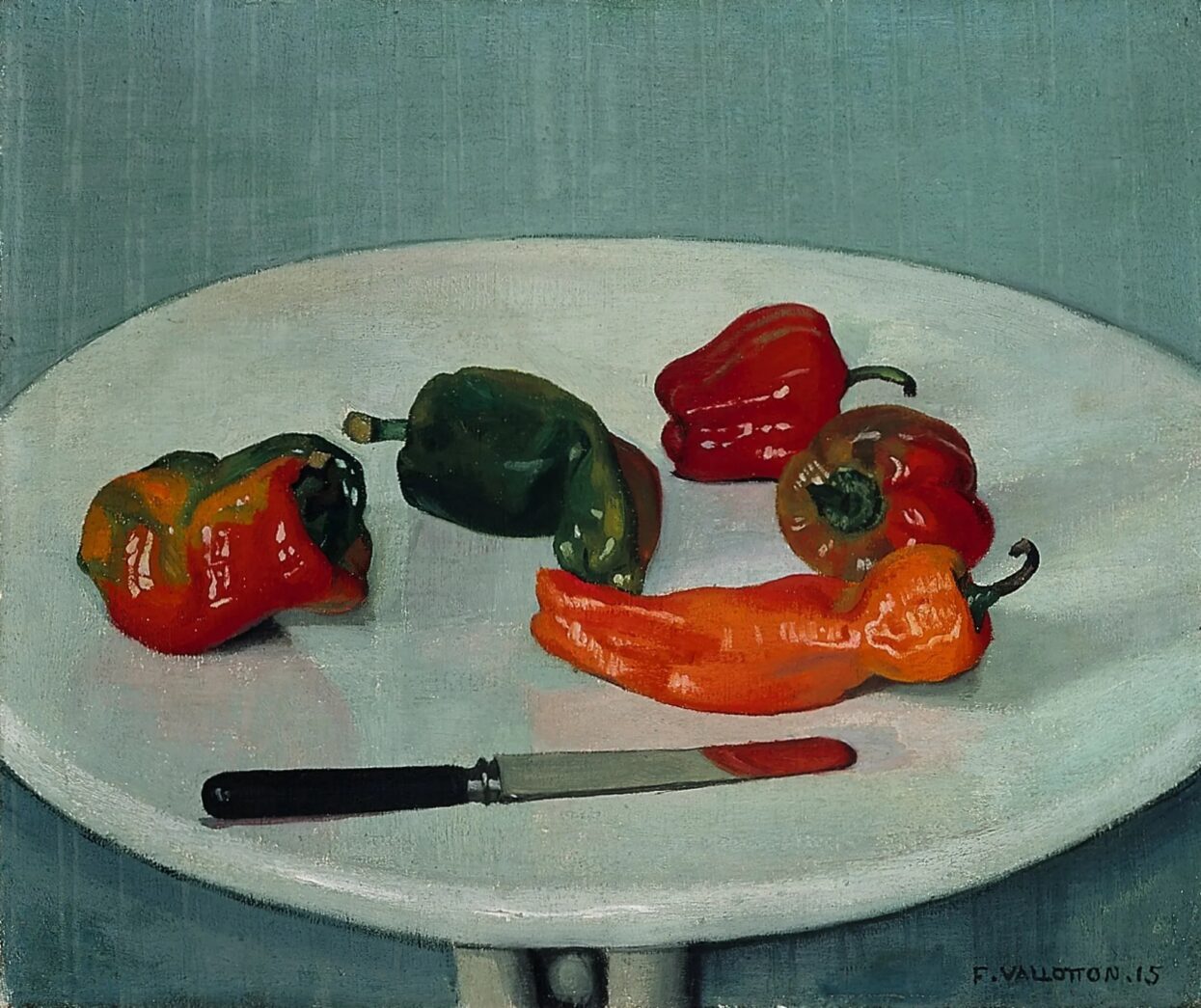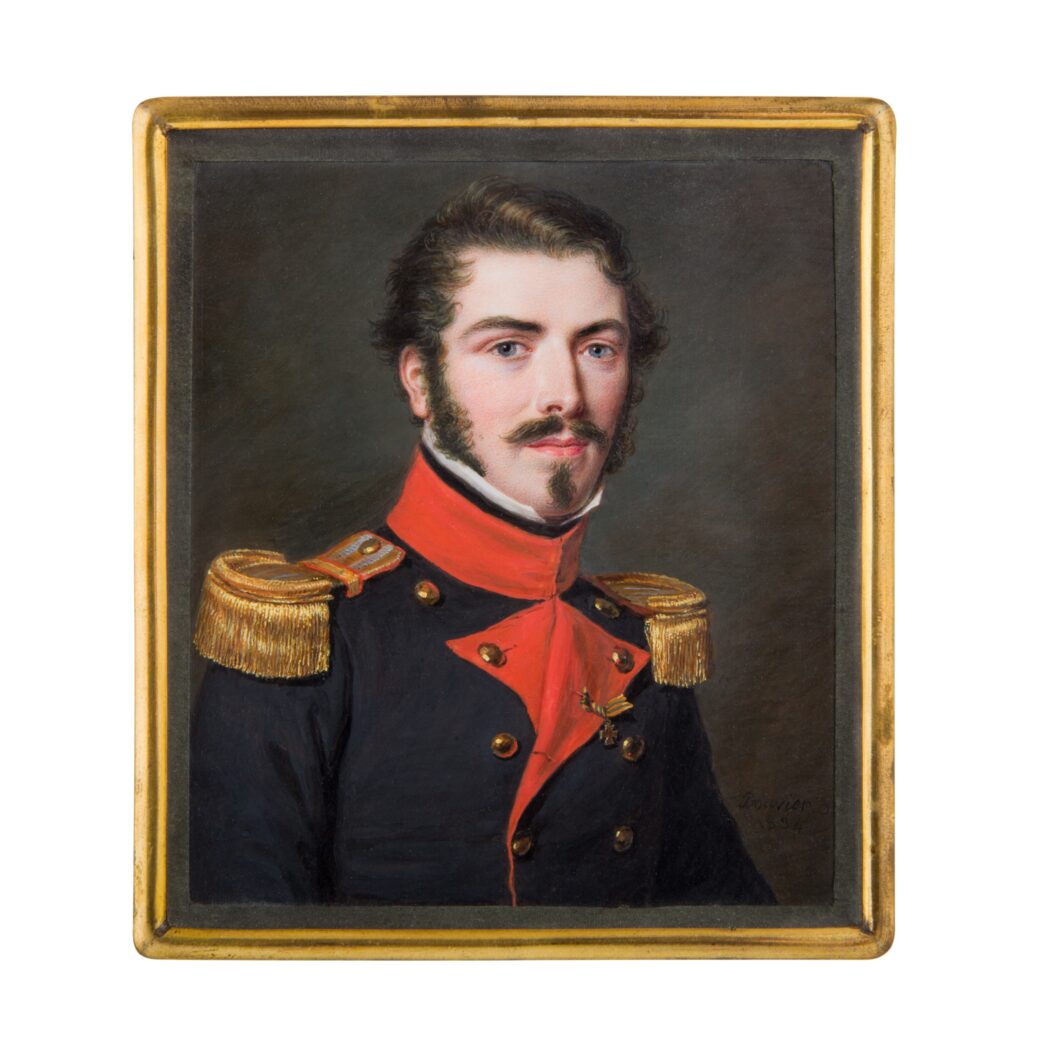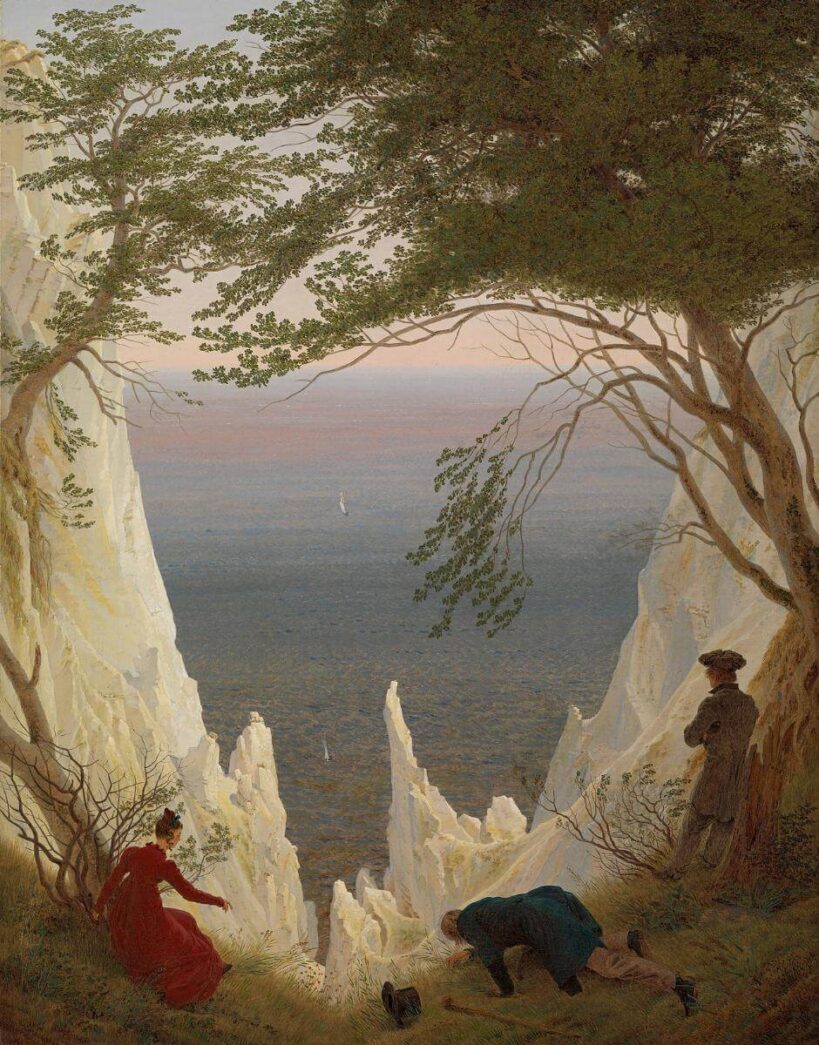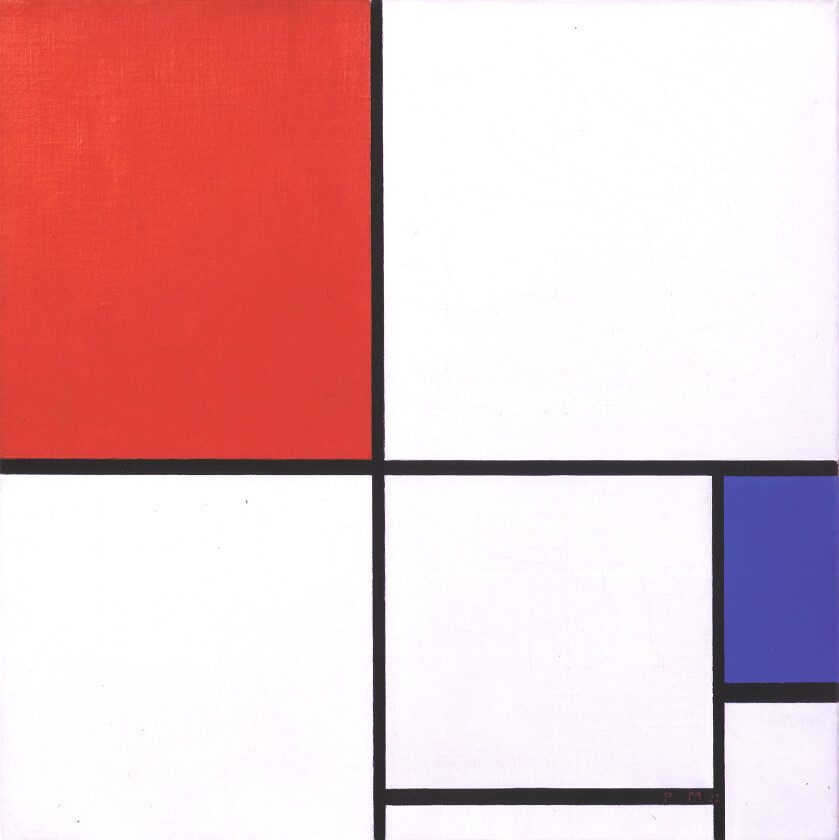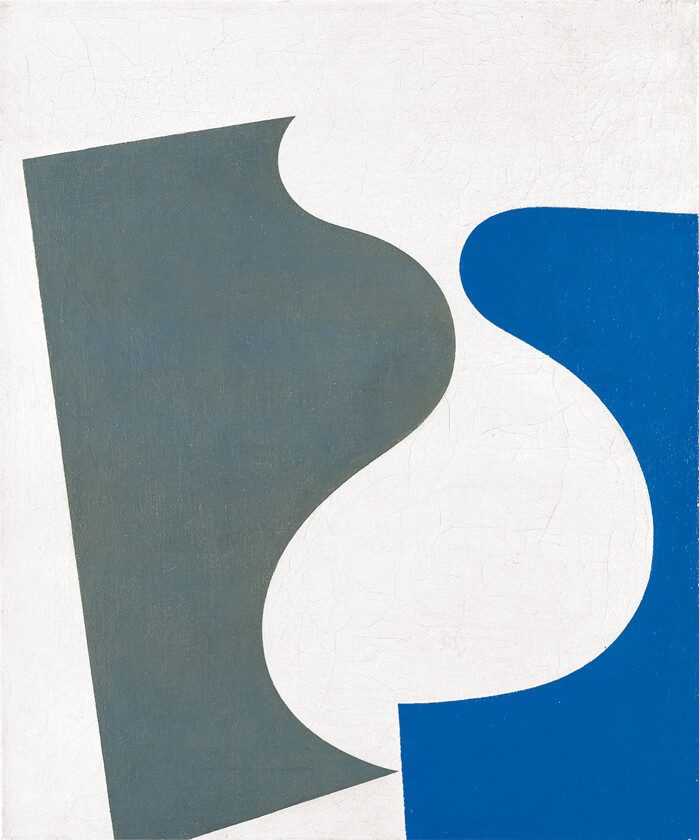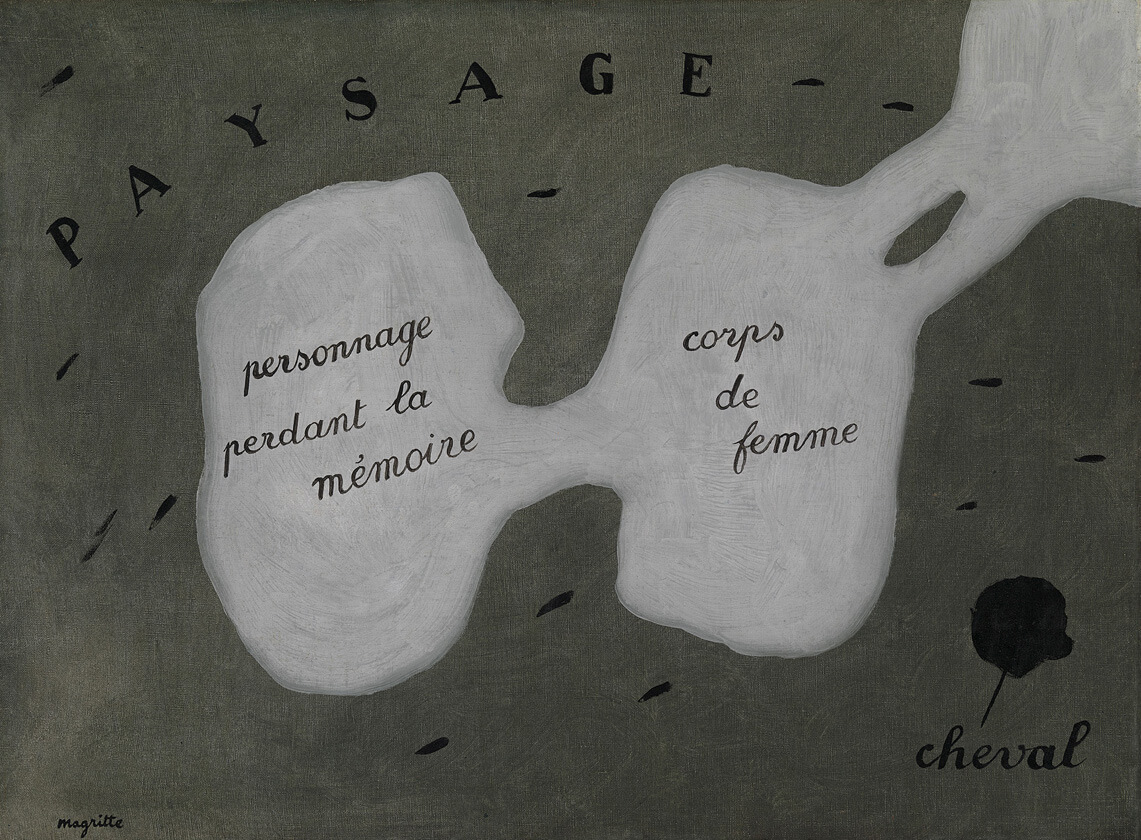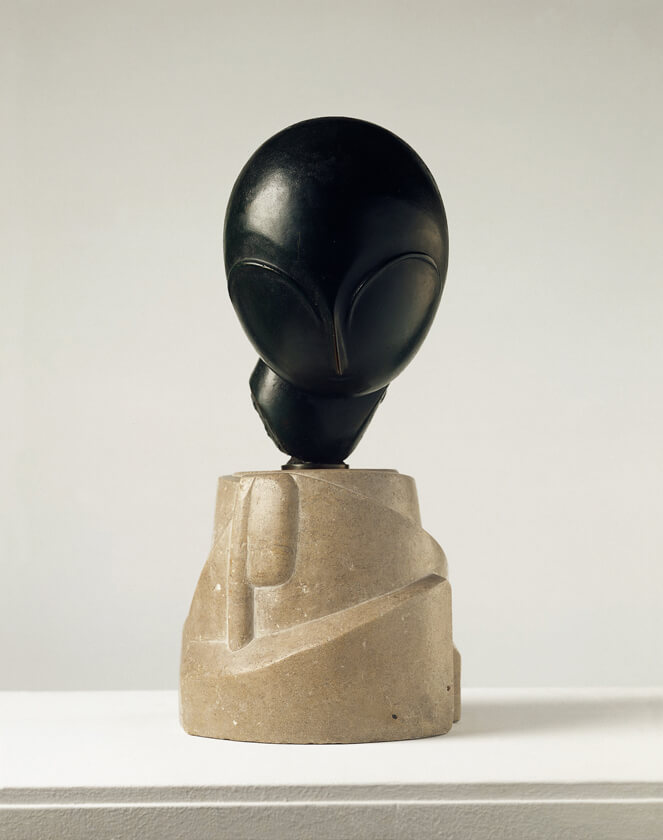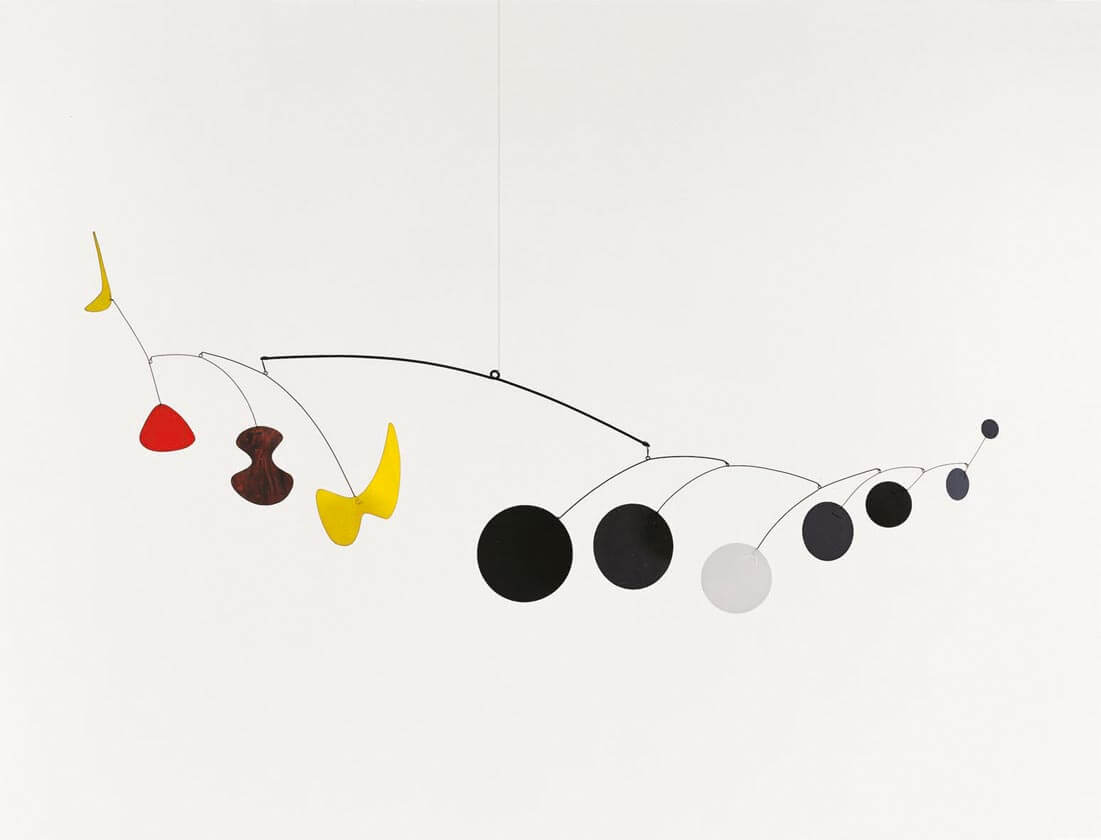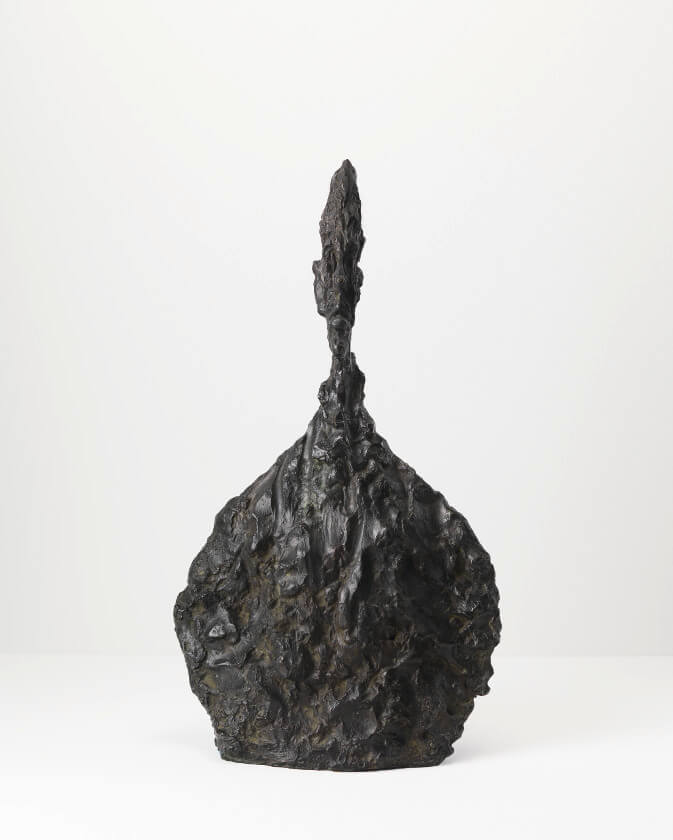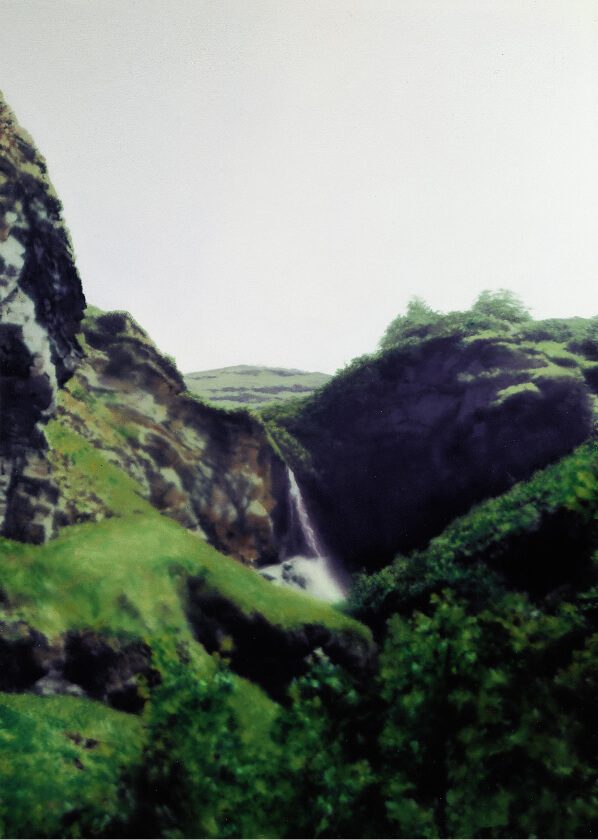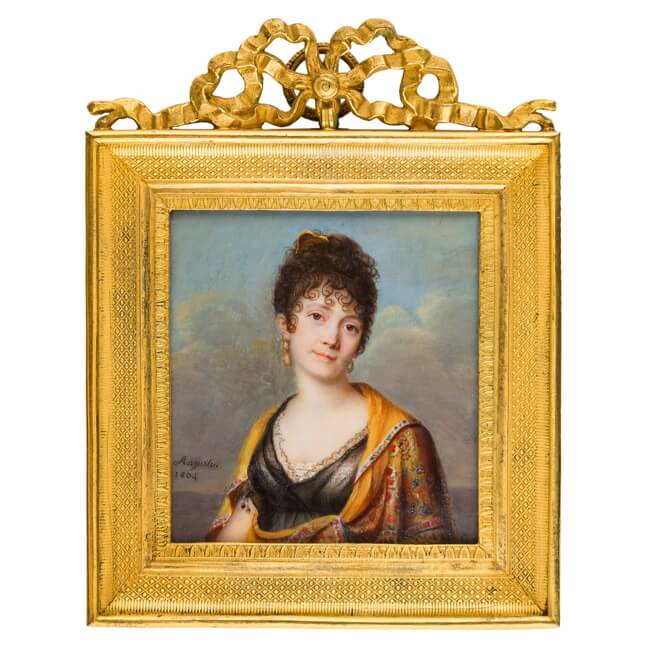Classical Modernism: From Cubism to Abstraction
From cubism to abstraction, outstanding paintings and sculptures illustrate decisive stages of modernism in Winterthur. Work groups by Fernand Léger and Juan Gris illustrate cubism, alongside Pablo Picasso and Georges Braque. Orphism is represented by Robert Delaunay, as is the purism of Le Corbusier and Amédée Ozenfant.
A highlight of the collection is Paul Klee’s famous Blühendes (Blossoming). There are important paintings by Oskar Schlemmer, Giorgio de Chirico and René Magritte. Abstract art around 1930 is represented in exemplary amplitude by reliefs by Hans Arp, as well as paintings by Theo van Doesburg and Piet Mondrian, Sophie Taeuber-Arp, Friedrich Vordemberge-Gildewart and Joaquín Torres-García.
The developments of modern sculpture from cubism to surrealism can be followed thanks to excellent works by Raymond Duchamp-Villon, Henri Laurens, Jacques Lipchitz, Antoine Pevsner, Constantin Brancusi, Hans Arp, Alberto Giacometti and Alexander Calder.


